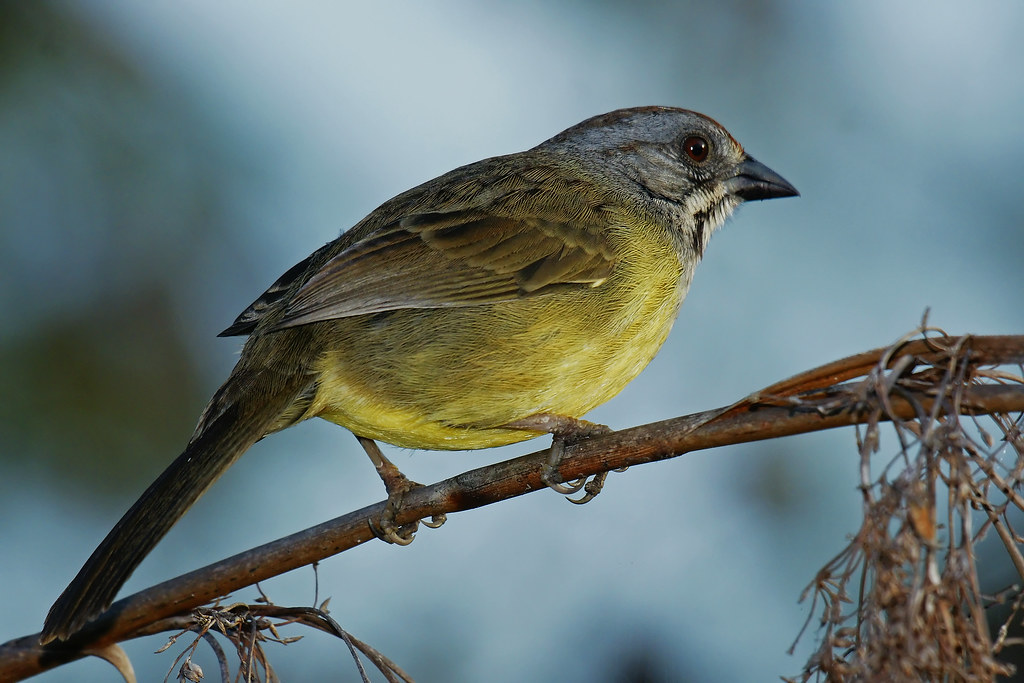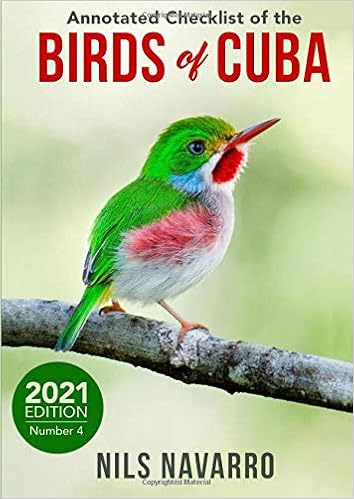Fidel Castro was the dictator of Cuba who was also known for his love of birdwatching. Although there is not much written regarding his passion for birding, it’s widely known that it was one of his passions. He probably had an interesting life list as there are several endemic bird species in Cuba and it’s rumored that a population of Ivory-bill Woodpeckers might even reside on an isolated mountaintop there.

Cuba is home to almost 400 bird species with at least 21 of them found no place else in the world; nine of them are endangered or vulnerable. Some are particularly interesting. The Zapata Sparrow (Torreornis inexpectatais) is the only sparrow endemic to the West Indies. A medium-sized gray and yellow bird, it inhabits the grasslands of the Zapata Swamp and elsewhere in Cuba.

The Bee Hummingbird (Mellisuga helenae) is the smallest bird on the planet. In addition, a dozen or so endemic subspecies are potentially new species. This high level of endemism alone signifies Cuba as a globally important place for birds. There’s a site called Cuba Explorer that lists and pictures a couple of dozen birds you might want to peruse. And for a field guide, check out the one from Cornell.

The land mass of Cuba comprises half of the entire West Indian land mass, so it is one of the most important wintering and migratory stopover sites for North American birds. Well over 100 North American breeding bird species winter or pass through Cuba. Nineteen species of passerines are considered common wintering residents. All but three of the eastern wood-warblers have been recorded in Cuba, and Cuba was the only known wintering location for the extinct Bachman’s Warbler.

There is some indication that North American migrants as well as resident species are declining in number on the island of Cuba. Habitat destruction and climate change are certainly suspects but the exact reasons are not well known because of a lack of research. The political and practical problems of field study in Cuba make it difficult for foreign ornithologists to gather data and Cuban ornithologists are hampered by a lack of fuel for transportation and decent field gear such as binoculars, telescopes, mist nets, computers, and so on.
Nearly 20 percent of the country is in some sort of nature reserve. There are 263 protected natural areas, including six UNESCO-approved sites, but they are mostly underfunded and underprotected.
To add to conservation problems, smuggling birds out of Cuba is a continual problem. A man was intercepted at Miami International Airport in 2016 aboard a flight from Havana. Questioned by Customs and Border Protection Officers, he swore that he had no birds but CBP officers found plastic tubes containing live birds concealed in his underwear and in a fanny pack under his shirt: five Cuban Melodious Finches (Tiaris canora), one Cuban Bullfinch (Melopyrrha nigra), one Yellow-faced Grassquit (Tiaris olivaceus), one Indigo Bunting (Passerina cyanea), and one Blue Grosbeak (Passerina caerulea).
There are a number of birding tours of Cuba offered, but it would be nice if more research could be done and more protection of natural sites funded so that the unique avifauna of this country could continue to thrive.
Great information, thanks Roger, inspires me took to the possibility of a trip to Cuba, post COVID. Interested to see that the Bee Hummingbird is the smallest bird in the world. Our smallest in New Zealand is the rifleman, or titipounamu in the Maori language.